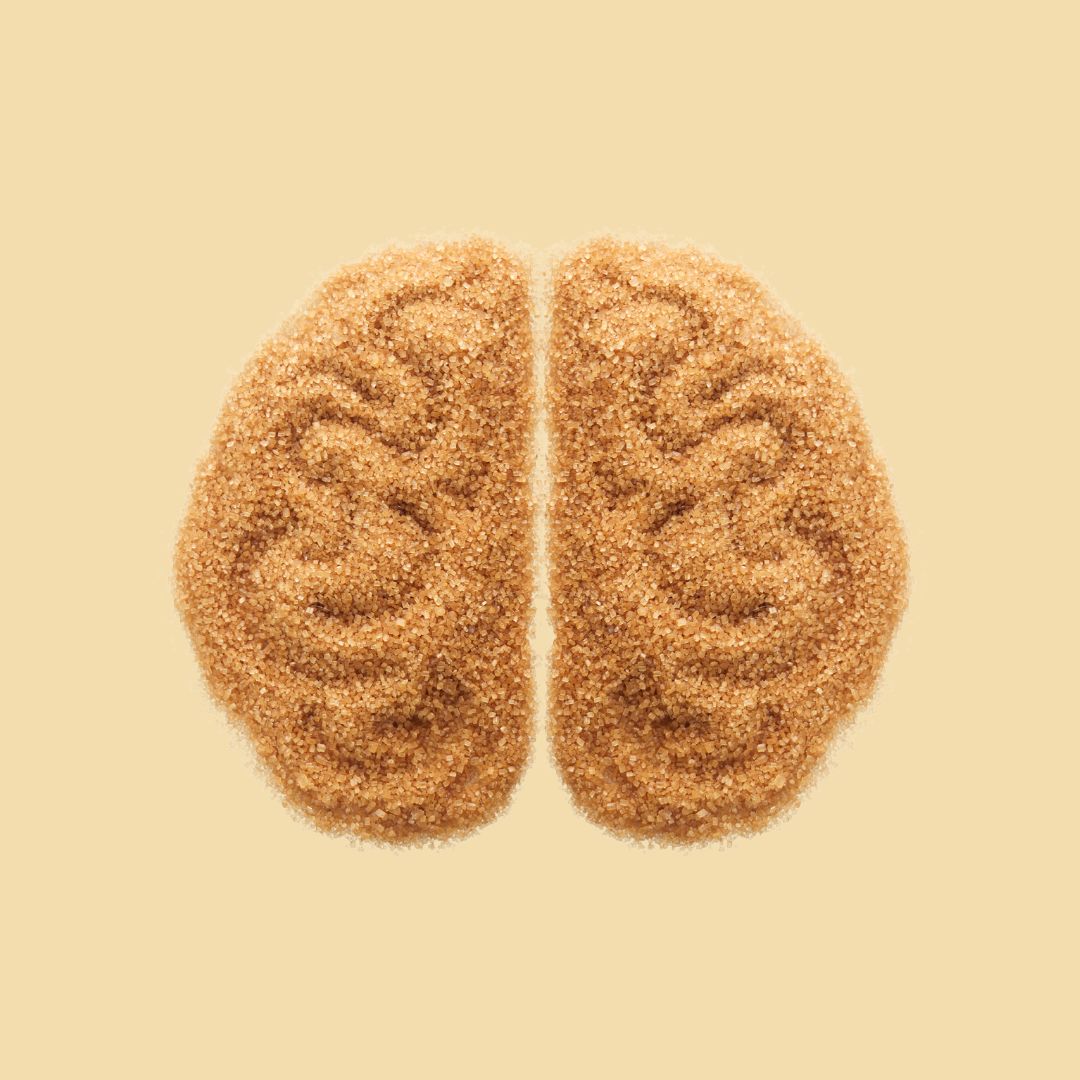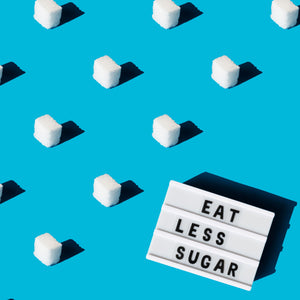Do you find yourself trapped in a never-ending cycle of sugar cravings, indulgence, and subsequent guilt? The perpetual sugar cycle is a common struggle for many individuals, fuelled by both physiological and psychological factors. In this blog post, we explore the scientific mechanisms that perpetuate this cycle, shedding light on the intricate relationship between sugar, our brains, and our behaviours.

The Pleasure-Seeking Brain
At the heart of the perpetual sugar cycle lies our brain's reward system. When we consume sugary foods or beverages, the brain releases dopamine, a neurotransmitter associated with pleasure and reward. This surge of dopamine creates a sense of pleasure and reinforces the desire to repeat the behavior that led to its release—consuming sugar.
Cravings and Neural Pathways
The brain's reward system is intertwined with the development of cravings. Over time, the consumption of sugar triggers the formation of neural pathways that associate sugar with pleasure and reward. These pathways strengthen with each sugar indulgence, making the cravings more intense and difficult to resist.
Blood Sugar Rollercoaster
Another key component of the perpetual sugar cycle is the effect of sugar on our blood sugar levels. When we consume sugary foods, our blood sugar levels spike rapidly due to the quick absorption of glucose into the bloodstream. In response, the pancreas releases insulin to bring blood sugar levels back down, often resulting in a sharp drop below baseline levels.
The blood sugar crash that follows the initial spike leads to feelings of fatigue, irritability, and increased hunger. This prompts cravings for more sugar to restore energy levels and provide a temporary mood and energy boost. Unfortunately, consuming more sugar perpetuates the cycle, creating a continuous loop of highs and crashes.
Stress, Emotions, and Sugar Cravings
Psychological factors also contribute to the perpetual sugar cycle. Stress, emotions, and certain environmental cues can trigger cravings for sugar as a means of seeking comfort or relief. Stress activates the release of cortisol, which can stimulate cravings for high-calorie, rewarding foods, including sugar-laden treats.
Breaking the Perpetual Sugar Cycle
While the perpetual sugar cycle may seem challenging to break, here are some tips that could help:
1. Awareness and Mindfulness: Recognise the triggers that lead to sugar cravings and mindfully observe your thoughts and emotions when cravings arise. Understanding the psychological aspects of your sugar cravings can help you make more conscious choices.
2. Nutrition: Focus on eating vegetables, proteins, and healthy fats. Eat those first before consuming carbs or sugar. This helps to slow down glucose absorption and stabilise blood sugar levels, reducing the frequency and intensity of sugar cravings.
3. Gradual Reduction: Rather than attempting to eliminate sugar entirely, gradually reduce your sugar intake to allow your taste buds and brain to adjust. Replace sugary treats with healthier alternatives such as nuts, or choose Keto-friendly treats that are low in net carbs and sugar content.
4. Stress Management: Adopt stress-management techniques such as exercise, meditation, deep breathing, or engaging in activities you enjoy. Managing stress effectively can help minimise emotional triggers for sugar cravings.
Understanding the science behind the perpetual sugar cycle provides valuable insights into the complex interplay of physiological and psychological factors that contribute to our sugar cravings. By recognising the power of our brain's reward system, managing blood sugar fluctuations, and addressing emotional triggers, we can regain control over our sugar consumption and break free from the endless cycle. Remember, small steps and persistence can lead to long-lasting positive changes in your relationship with sugar.




